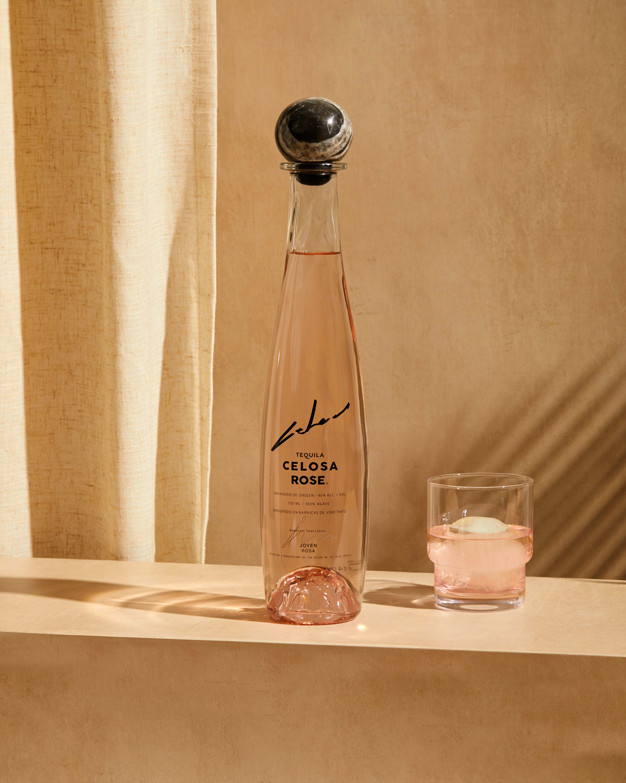
An Introductory Guide to Tequila
For many casual connoisseurs, tequila evokes strong feelings of both passion and distaste. While it might not be everyone’s first choice, those who venture deep into its world discover layers of refined and intricate flavors. However, with its rising fame in the United States, there’s been an influx of low-quality tequilas, which a genuine enthusiast might not even acknowledge.

Unveiling Tequila: Its Roots and Essence
At its core, tequila is derived from the distilled essence of blue agave plants. This enchanting beverage takes us on a historical journey, dating back over a millennium to the era of the Aztecs and their cherished drink, pulque. Contemporary Mexican regulations mandate that to bear the title ‘tequila,’ the spirit must originate from Tequila, Jalisco, situated in the heart of Mexico.
The production process begins by steaming the agave plant’s core, often referred to as the piña. Post-steaming, this core is then shredded to extract a sap known as aguamiel. This sap, when combined with cane sugar and yeast, undergoes a fermentation process. Post-fermentation, the liquid undergoes dual distillation in copper pots, intensifying its potency to 90-proof or more. Crucially, a beverage can only earn the prestigious label of ‘tequila’ if it boasts a composition of at least 51% blue agave distillate.
Diverse Faces of Tequila
- Blanco – Distilled and directly bottled, with some variants experiencing brief aging.
- Reposado – Aged in oak barrels, spanning a duration of 2-12 months.
- Joven – A harmonious blend of Blanco and Reposado.
- Añejo – Matured for 1-3 years in oak containers, with Extra Añejo surpassing the 3-year mark.
- Mixto – Not a 100% blue agave product, typically blended with sugars or alternative liquors.
Recognizing Premier Tequilas
A bone of contention among aficionados is the supremacy of Blanco, often touted for retaining the untouched flavor of blue agave. But age induces evolution, and tequilas are no exception. The aging process, depending on the barrel’s lineage, imparts unique flavors. For example, tequilas matured in bourbon casks gain spicy undertones and a richer hue, making the spirit milder.
In the circle of seasoned drinkers, Mixto and Joven are generally deemed inferior when juxtaposed with the Blanco and Añejo categories.


Expand Your Tequila Horizons
Want to showcase your newfound expertise in tequila? Celosa Tequila is elated to present an array of exquisite tequila types. Delve into our menu for insights, or better yet, swing by to indulge in our curated collection!
FROM JALISCO



